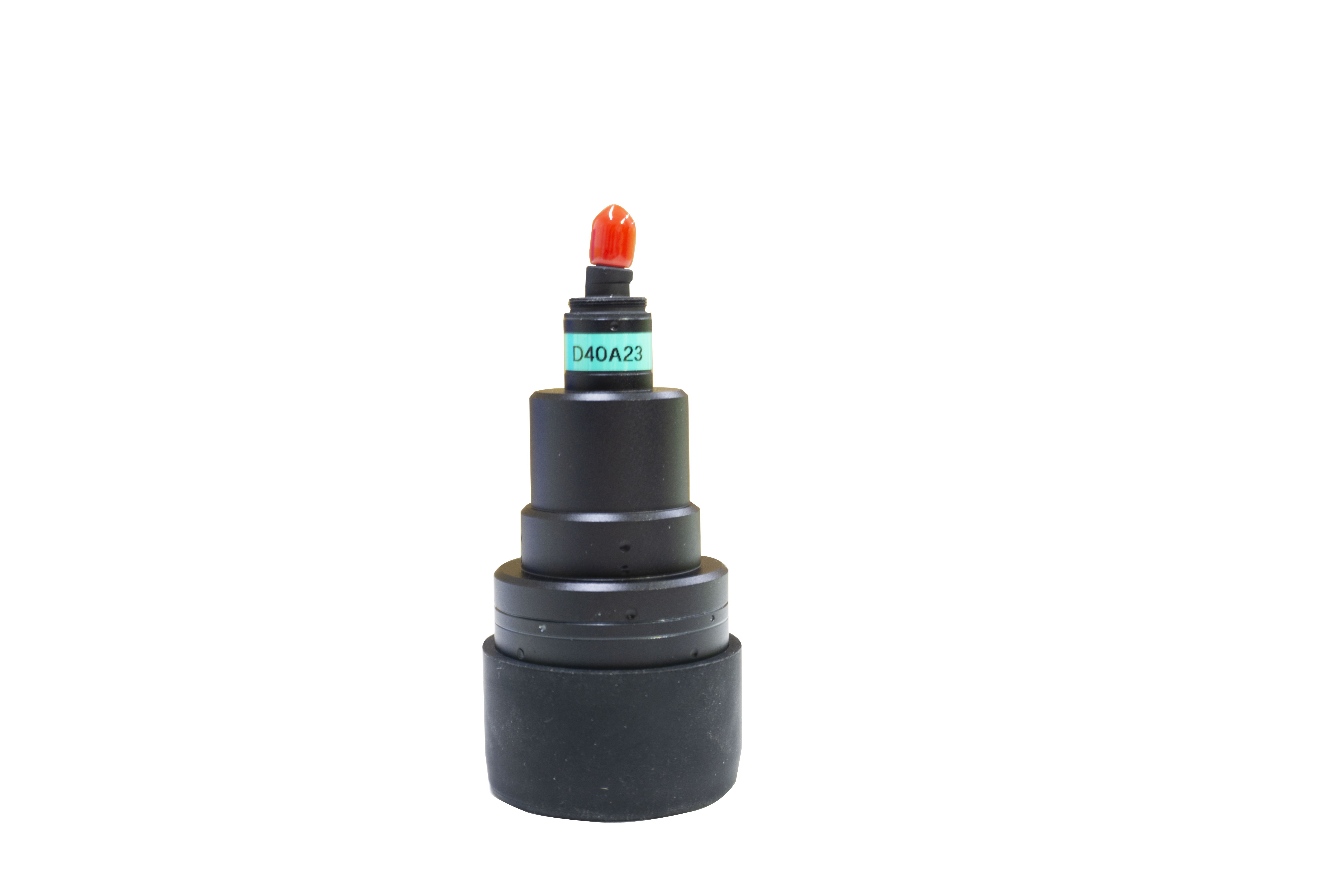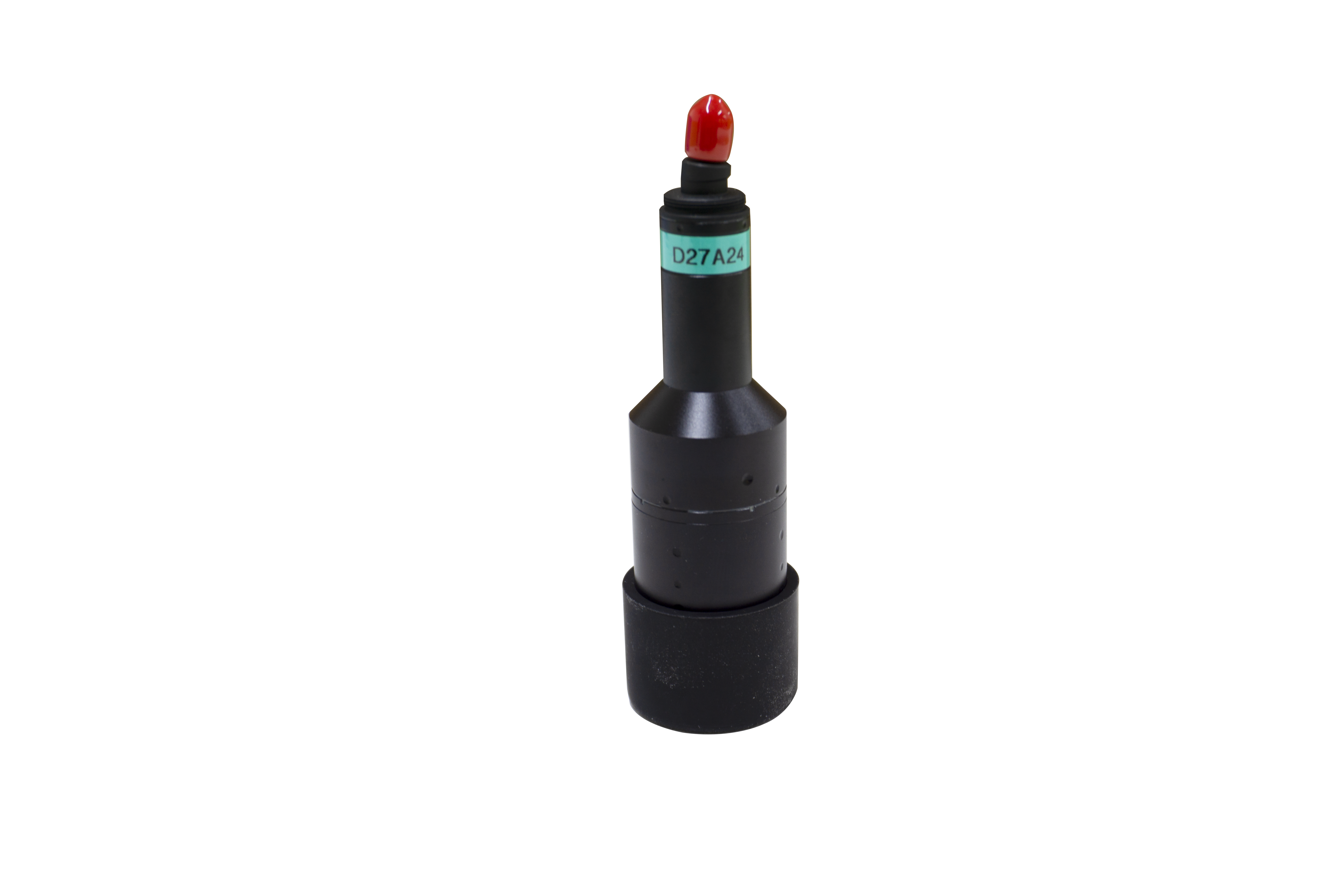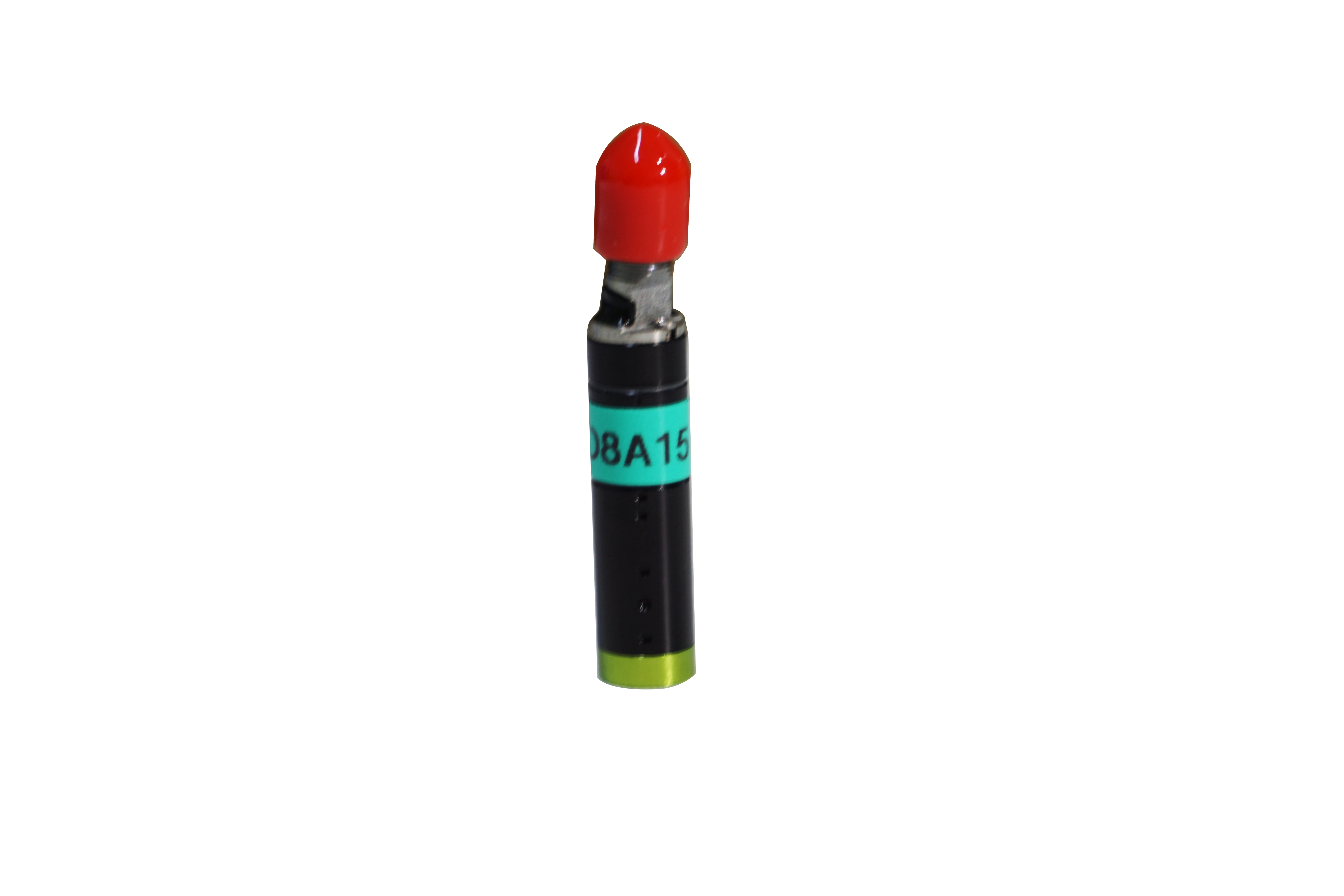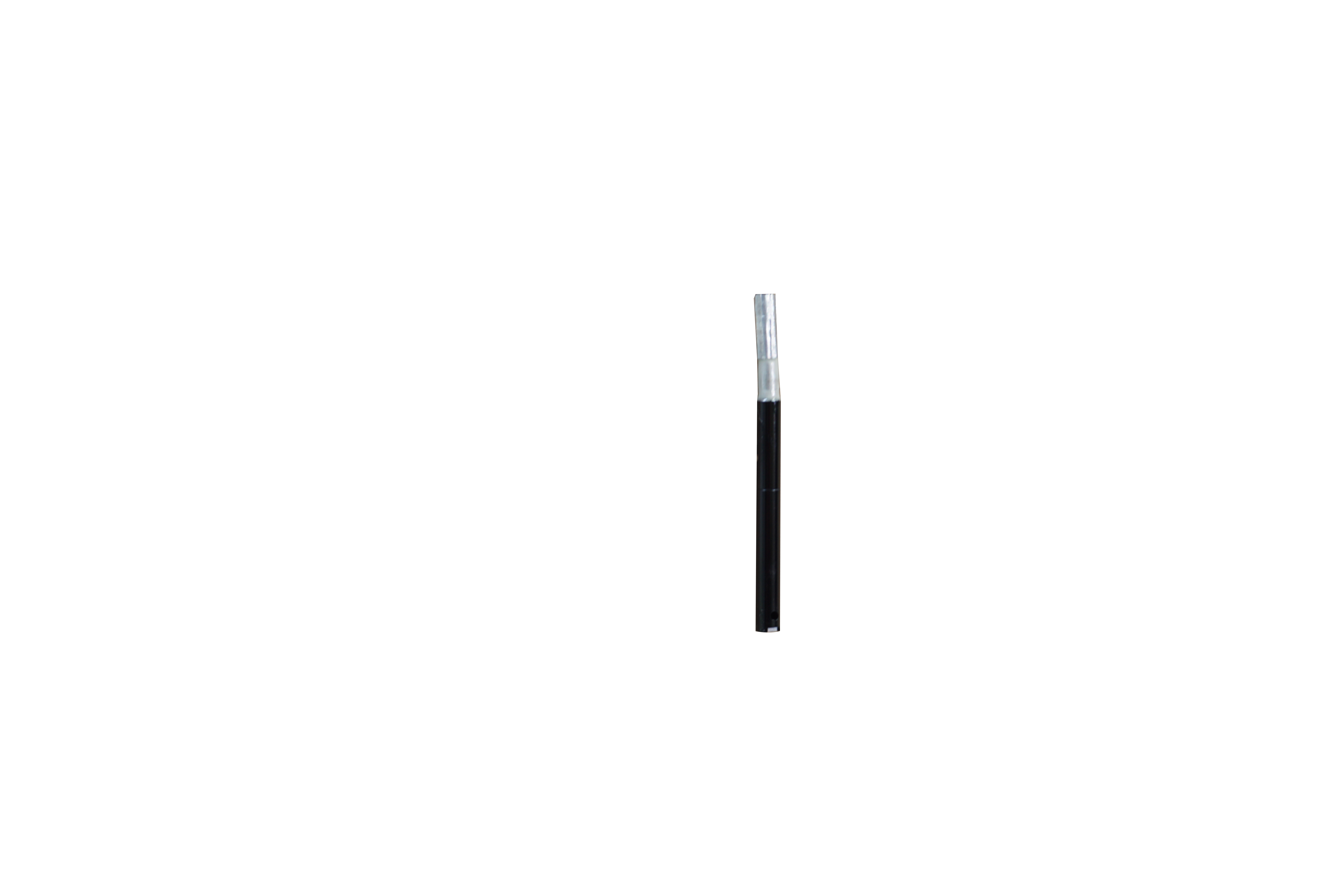2021-11-12
In recent years, the application field continues to expand, more and more innovative technology has been applied to the sensor, the displacement sensor according to the size of the displacement output different sizes of electrical signals, and then can judge the size of the displacement. Commonly used are strain displacement sensor, magnetostrictive displacement sensor, grating displacement sensor, laser displacement sensor, Angle displacement sensor and so on. Today, Shenzhen Liyi Company introduces the types and characteristics of displacement sensors:

1, displacement sensor, also known as linear sensor, is a linear device belonging to metal induction, the role of the sensor is to convert a variety of measured physical quantities into electricity. In the production process, the measurement of displacement is generally divided into two kinds of measurement of physical size and mechanical displacement. According to the different forms of the measured variable transformation, the displacement sensor can be divided into analog and digital two kinds. Simulation can be divided into two types: physical type and structural type.
2. Most commonly used displacement sensors are analog structures, including potentiometer displacement sensors, inductive displacement sensors, selsyn machines, capacitive displacement sensors, eddy current displacement sensors, Hall displacement sensors, etc. An important advantage of digital displacement sensors is the ease of sending signals directly into the computer system. This kind of sensor develops rapidly and is used more and more widely.
3, the displacement sensor of the grating sensor because of its easy to achieve digitalization, high accuracy (the highest resolution can reach the nanometer level), anti-interference ability, no human reading error, easy installation, reliable use and other advantages, in the machine tool processing, testing instruments and other industries have been increasingly widely used.
Type of displacement sensor:
1. The displacement sensor is a device that converts the motion displacement of an object into a measurable electrical quantity. It is usually used to convert physical quantities such as displacement, position, deformation, vibration and size, which are not easy to be quantitatively detected and processed, into electrical quantities which are easy to be quantitatively detected and easy to be used for information transmission and processing.
2, potentiometer displacement sensor: It converts mechanical displacement through the potentiometer element into a linear or arbitrary functional relationship with the resistance or voltage output. Ordinary linear potentiometer and circular potentiometer can be used as linear displacement sensor and angular displacement sensor respectively. However, a potentiometer designed for the purpose of measuring displacement requires a definite relationship between the change in displacement and the change in resistance. The moveable brush of the potentiometer type displacement sensor is connected with the measured object.
3, the displacement of the object causes the resistance of the moving end of the potentiometer to change. The change of resistance value reflects the magnitude of displacement, and the increase or decrease of resistance value indicates the direction of displacement. A supply voltage is usually applied to the potentiometer to convert the resistance change into a voltage output.
4, Magnetostrictive displacement sensor, through the internal non-contact measurement and control technology to accurately detect the absolute position of the active magnetic ring to measure the actual displacement value of the tested product. By using the principle of magnetostriction, a strain pulse signal is generated by intersecting two different magnetic fields to accurately measure the position. The measuring element is a waveguide, and the sensitive element in the waveguide tube is made of special magnetostrictive material.
5, the magnetostrictive displacement sensor is a high-precision, long-stroke absolute position measurement displacement sensor manufactured according to the principle of magnetostriction. It uses an internal non-contact measurement method, because the measurement of the active magnetic ring and the sensor itself is not in direct contact, will not be friction, wear, so its long service life, strong environmental adaptability, high reliability, good safety, easy to automated system work, even in harsh industrial environments (such as prone to oil, dust or other pollution occasions), And it works.
Displacement sensor features:
1, the function of the linear displacement sensor is to convert the linear mechanical displacement into an electrical signal. In order to achieve this effect, the variable resistance slide is usually positioned at a fixed part of the sensor, and different resistance values are measured by the displacement of the slide on the slide rail.
2, the sensor slide rail is connected to the steady state DC voltage, allowing a small current to flow through the micro amperes, the voltage between the slide and the beginning is proportional to the length of the slide. Using the sensor as a voltage divider minimizes the need for accuracy of the total resistance of the slide, as resistance changes caused by temperature changes do not affect the measurement results.
3, Angle displacement sensor applied to obstacle processing: The use of Angle sensors to control your wheel can indirectly detect obstacles. The principle is very simple: if the motor Angle sensor structure is running and the gear is not turning, your machine has been blocked by an obstacle.



